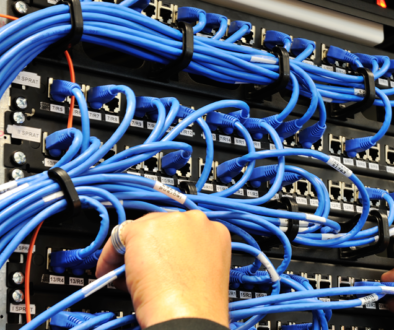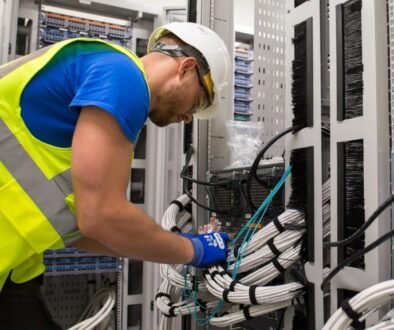Reviving the Sense of Belonging in Training Spaces” is by Daniela Oliboni and Eleonora Ventura
Recent restructuring has disrupted how we work. They often thinned out what makes business contexts alive, long-lived, and resilient. They removed the real contact between people, as well as the sense of belonging and purpose. Moments for training have been rethought. They are for learning new skills and also for socializing, learning from other functions, and sharing practices. Today, online is the prevailing choice. It allows for maximizing subscriptions and cutting costs. What are the consequences?
Role of Company Culture
Studies of social psychology over the last 50 years show that the company is the “origin and theater of subjective power” (Di Nuovo & Zanchi, 2008). It is more than the sum of its parts. It is a living whole. Within it, everyone brings something of themselves and gives it. This feeds a common knowledge and know-how.

The Shared Culture
Many unplanned exchanges feed the shared culture, made up of languages, practices, and rituals. They also create deep knowledge among people. This knowledge leads to an authentic exchange, where empathy and mutual support grow. It sparks reactivity to others’ needs and the ability to anticipate them. It also births the desire to share. This is how collaborative and supportive learning environments are generated.
The Digital Shift
Today we live in digital environments and the “place” has become a concept with intangible borders. How does the brain react to all this?
Neuroscience Insights
Riva, Wiederhold, and Mantovani (2021) highlight great neuroscientific discoveries on the subject. Virtual and physical places have big differences. They appear in moments when people learn, talk, and work together. They also appear in times when people show leadership or let themselves be guided.
The Role of Physical Presence
Being inserted in a place makes our experiences meaningful. Within it, unwritten and unconscious processes are activated. They make the culture and underlie relationships. These processes are essential for motivation, satisfaction, and identity. Our understanding was shaped by physical experiences, often not on agendas.
The Power of Sharing
Neurosciences also tell us that sharing the whys is good. Telling one’s vision has benefits: it calms people. The skin signals pleasure, interest, and understanding (Balconi, M., Venturella, I., Fronda, G., & Vanutelli, M. E.; 2019). Again, research shows that more information and communication create more trust. They also bring out abilities (Tessarolo, 2010). These ingredients can fix many problems of remote work.
The Need for Building Together
Today there is a need for the intentionality of building together. The context loudly calls for a big increase in awareness. It shifts focus from places to the quality of human connections and shared culture.
Role of Training Managers
Training managers have a big job. They must rethink training moments as a chance to strengthen these vital dimensions. They must make conscious what was once implied. They could also consider presence a determining choice. It is needed to make real the foundations of a community.
Companies’ Response
Many companies have explored new paths in this way. Some have added fun activities to training spaces. They do this based on the company’s values. It gives life to these spaces and creates common goals. Others have restructured training times. They focus first on the reasons for doing.
Conclusion
Today’s proposal is to choose “training” to make a “transformation”. This will make clear the shared culture in Purpose, Mission, Vision, and values. People have actively built this culture. The first step will be to decide with intentionality to meet within a common framework.”



